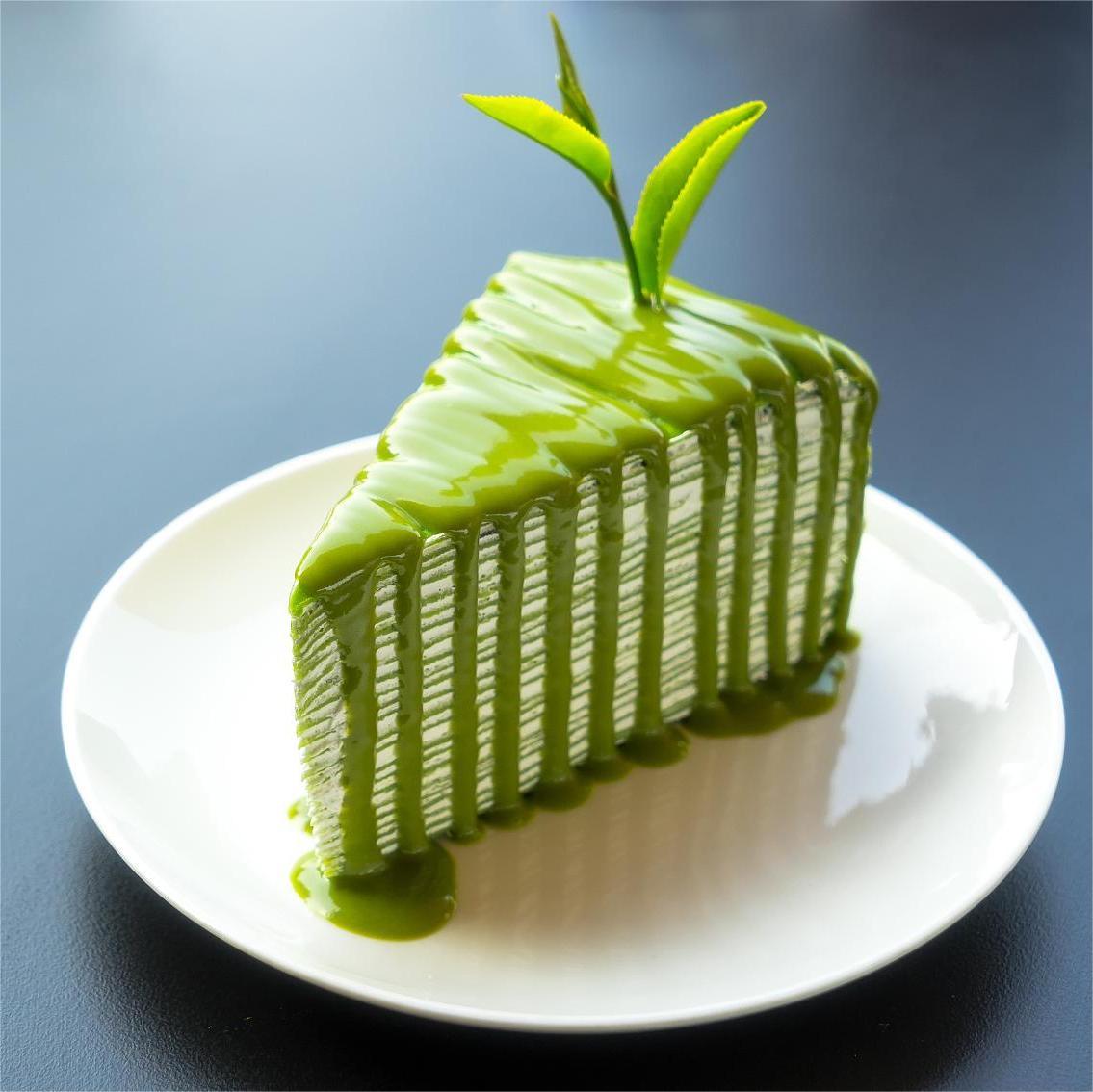Main Products

Stevia Extract are used to sweeten food and beverages in South America, Japan and China with no know side effects. A white crystalline compound (stevioside) found in the leaf of the plant is a natural herbal sweetener with no calories and is over 100-300 times sweeter than table sugar. Stevia is has become a major source of high-potency sweetener for the growing natural food market. Although it can be helpful to anyone, there are certain groups who are more likely to benefit from its remarkable sweetening potential. These include diabetic patients, those interested in decreasing caloric intake, and children.
Introduction
Stevia is a kind of natural healthy sweetener and medical auxiliary agent extracted from stevia leaves, a plant of asteraceae herb. It is pure white, with good taste, no peculiar smell, stable in property, not easy to become mouldy, and also easily soluble in water and alcohol. t is a kind of sweetener ever discovered with the most similar taste to sucrose, and approved for use worldwide. Stevia is high in sweetness, low in calorie, its sweetness is about 200-450 times to sucrose, but calories is only 1/300 times. It is widely used in food, beverage, medicine, cosmetic industry, wine, etc. at the cost of 30% of sucrose. Therefore stevia is an ideal alternative of sucrose, honored as "the Third Source of Sweetener" internationally.
Function and Application
* Natural Sweetener: Substitute sucrose, low calorie, sugar reduction and fat loss, prevention of diabetes, heart disease, etc., the most important applications.
* As a sweetener and adjuvant for diabetic patients
* Reducing weight and preventing cardiovascular disease
* Prevention of dental caries and other oral diseases
* Antihypertensive and antiallergic
* Improving gastrointestinal function
Product specification
|
Item |
Standard |
Test Method |
|
Assay |
Steviosides≥Agreed Value |
HPLC |
|
Appearance |
White Powder |
Visual |
|
Odor |
Characteristic |
Organoleptic |
|
Particle Size |
95% passed 80 mesh |
Ch. P. C. Rule 47 |
|
Loss on Drying |
≤5.00% |
Ch. P. C. Rule 52 |
|
Ash |
≤5.00% |
Ch. P. C. Rule 2302 |
|
Heavy Metals |
≤10mg/kg |
Colorimetric method |
|
Arsenic (As) |
≤2mg/kg |
Ch. P. C. Rule 21-ICP-MS |
|
Lead (Pb) |
≤2mg/kg |
Ch. P. C. Rule 21-ICP-MS |
|
Mercury (Hg) |
≤0.1mg/kg |
Ch. P. C. Rule 21-ICP-MS |
|
Cadmium (Cd) |
≤1mg/kg |
Ch. P. C. Rule 21-ICP-MS |
|
Total Plate Count |
≤1000CFU/g |
Ch. P. C. Rule 80 |
|
Total Yeast & Mold |
≤100CFU/g |
Ch. P. C. Rule 80 |
|
Coliforms |
≤10CFU/g |
Ch. P. C. Rule 80 |
|
Salmonella |
Negative |
Ch. P. C. Rule 80 |
|
Pesticide Residues |
≤10mg/kg |
EC 1831/2003 |
